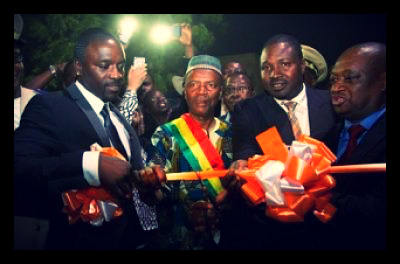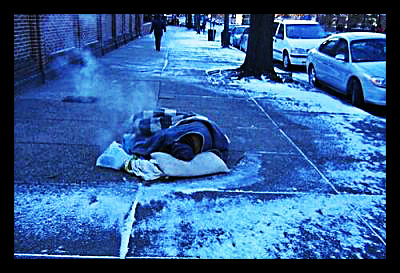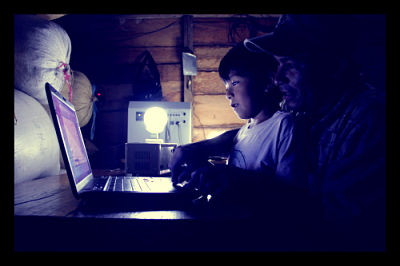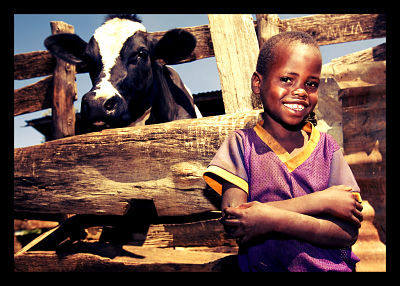![]()
Over one billion people around the world do not have reliable access to electricity. Furthermore, 2.6 billion people are reliant upon biomass to cook, which causes harmful indoor pollution. The World Health Organization estimates that approximately four million people die each year due to habitual inhalation from these toxins.
The Silicon Valley is at the apex of technological achievement and is inhabited by some of the brightest and most creative minds on the planet. There has been a mounting international appeal to Silicon Valley to use their intellectual tech brilliance for philanthropic efforts.
There has been criticism for focusing on solutions to micro problems that intend to only service the individual, as opposed to global humanitarian issues. Responsibility, however, cannot rest solely with the entrepreneurs themselves. Widespread global issues do not always necessarily lend themselves to the venture capitalist system.
Tech entrepreneur Vivek Wadhwa notes this struggle: “Investors believe that the quickest hits come from building apps or games that go viral, or from creating websites that automate business processes. This was surely the case in the social-media era, when even children who had not completed their college education could write apps. But we’ve built enough messaging and photo-sharing apps, and have bigger opportunities now. It is possible for the young and the old to solve real problems, to great effect.”
Continents like Africa, particularly Sub-Saharan Africa, have limited access to electricity and are being viewed as a possible new frontier for tech consumption. In some parts of the continent, Africans walk miles to the nearest power grid just for a cell phone charger. Even then, because of the demand, it can take hours and it is expensive. For this reason, solar energy has recently seen a boom in usage particularly by telecom companies being funded by tech investors. The rationale is that broadening electrical access across the continent will hopefully cause a surge in mobile phone usage.
Tesla has created a Powerwall home storage 10kwh battery that is capable of powering 1,000 watts of current for 10 hours. In comparison, the U.S. Department of Energy estimates the average American household uses 1,200 watts, 24 hours per day. The battery is capable of recharging via solar or wind energy. The only downside is that the battery unit costs $4,000, which does not include installation. The average per capita income in Sub-Saharan Africa is well below $3,000, making the unit well out of most price ranges.
Nonetheless, the Powerwall home storage stands as a promising, albeit a rudimentary example of Silicon Valley creativity and ingenuity being applied for a global purpose.
– The Borgen Project
Sources: National Geographic, Huffington Post, Wadhwa, Forbes
Photo: Silicon Beat

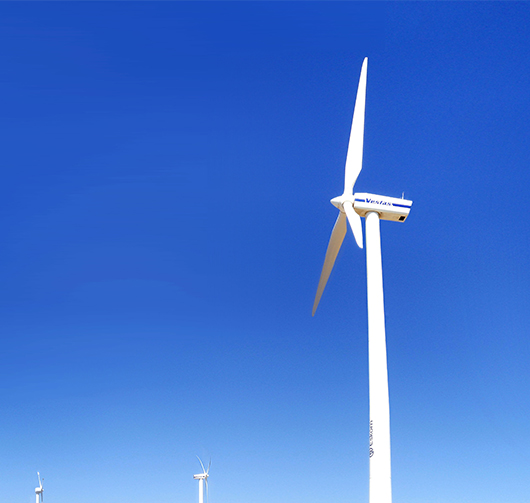
 Kenya’s national energy grid reaches less than 20 percent of the country’s population, leaving millions of people in remote locations without access to energy in Africa. Because of this, many turn to alternatives sources of energy that are much more expensive and harmful to the environment, such as kerosene and diesel.
Kenya’s national energy grid reaches less than 20 percent of the country’s population, leaving millions of people in remote locations without access to energy in Africa. Because of this, many turn to alternatives sources of energy that are much more expensive and harmful to the environment, such as kerosene and diesel.

